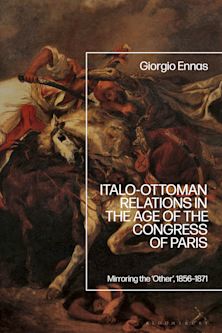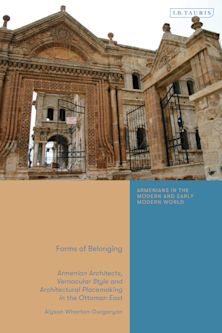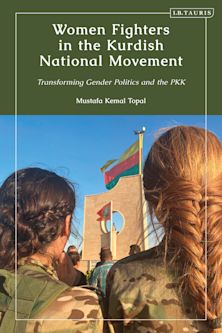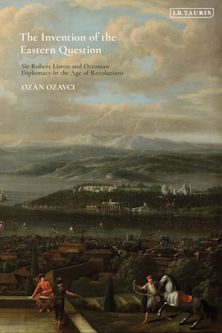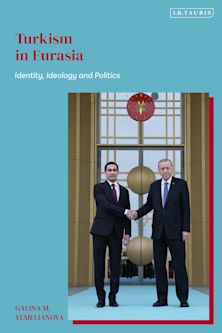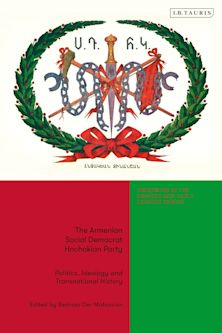Land and Legal Texts in the Early Modern Ottoman Empire
Harmonization, Property Rights and Sovereignty
Land and Legal Texts in the Early Modern Ottoman Empire
Harmonization, Property Rights and Sovereignty
This product is usually dispatched within 3 days
- Delivery and returns info
-
Free US delivery on orders $35 or over
Description
Using Arabic and Ottoman Turkish sources drawn from three genres of legal text, this book is the first full-length study in decades to investigate the evolution of Ottoman land law from its “classical” articulation in the sixteenth century to its reformulation in the 1858 Land Code. The book demonstrates that well before the nineteenth century the tradition of Ottoman land tenure law had developed an indigenous form of property right that would remain intact in the Land Code. In addition, the rising consensus of the jurists that the sultan was the source of the land law paved the way for the wider legislative authority that the Ottoman state would increasingly assert in the Tanzimat period of reform. Demonstrating the profound and ongoing adaptation of a legal tradition that was at once both Ottoman and Islamic, it revises our understanding of the relationship between the modern Islamic world and its early modern past, and what kind of intervention was represented by reform in the 19th century.
Table of Contents
Sources
Harmonization and Sovereignty
Property: Bundles and Layers
1. Lifelong tasarruf, Land Tenure Practices, and Law over the longue durée
Ottoman territories and varieties of tenure for the military class
Cultivator Tenure and its legal Systemization
Military fiscal change and land tenure
Land tenure rights trickle up
The Old and the New
2. Conquering a New Terrain: Establishing the Sultan's Legislative Authority
Texts and Contexts
“Preserved in the Bayt al-Mal”: Acquiring Land for the Treasury
“Neither Tithe nor Kharaji”: The Status of the Land for Transaction and Tax
Building a coherent law
Conclusion
3. Canonical Voices: Discretion and analogy in the formation of the harmony tradition of land tenure
Contexts of the Text
Pir Mehmed and Sultanic Latitude
The Formation of a Tradition: Deferential and not so Deferential
Interpretation
Conclusion
4. “The Books of Fiqh”: The Kanunname of Candia and the Consolidation of a New Doctrine in Hanafi Academic Texts
Harmony at a crossroads
The Kanunname of Candia as critique: Reinstituting the Hanafism of the “books”
The Sultan as Legislator: texts, commentaries and fatwas
The Change in Doctrine: the sultan has a choice
Conclusion
5. The Age of the Mutasarrifs: Diffusion, Rights, and Discretion in the Eighteenth Century
Background
Convergence
Expansive Transactions: Permission and Analogism
Conclusion
6. From Harmony to Uniformity: Defensive Sovereignty and the Ottoman Nineteenth-Century Reforms
Miri Tasarruf: Stability in a sea of change
Creating a Normal Subject
Codifying Islamic Law
Defending Islam: From “built on the kanun” to “built on the fiqh”
Conclusion
Conclusion
Bibliography
Product details
| Published | May 29 2025 |
|---|---|
| Format | Paperback |
| Edition | 1st |
| Extent | 216 |
| ISBN | 9780755647729 |
| Imprint | I.B. Tauris |
| Dimensions | 9 x 6 inches |
| Series | The Ottoman Empire and the World |
| Publisher | Bloomsbury Publishing |
Reviews

ONLINE RESOURCES
Bloomsbury Collections
This book is available on Bloomsbury Collections where your library has access.











